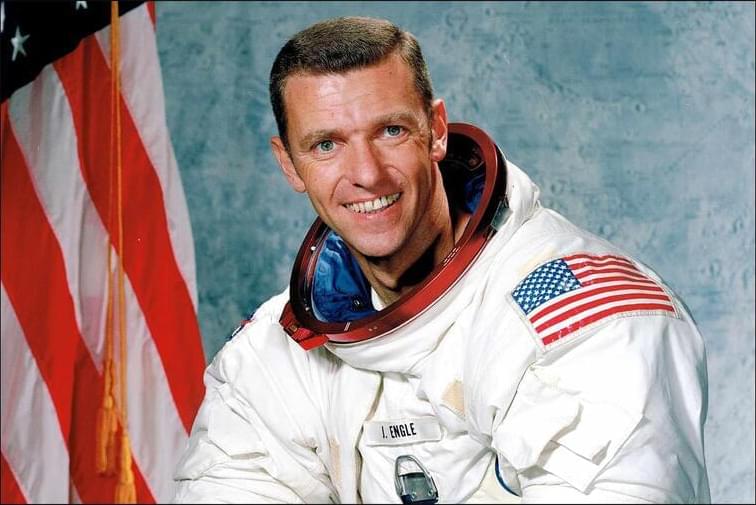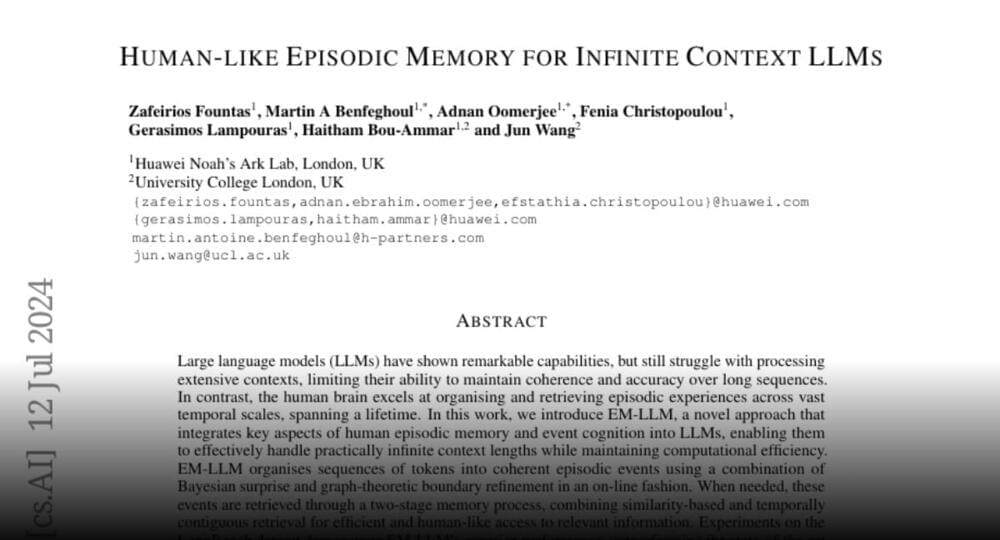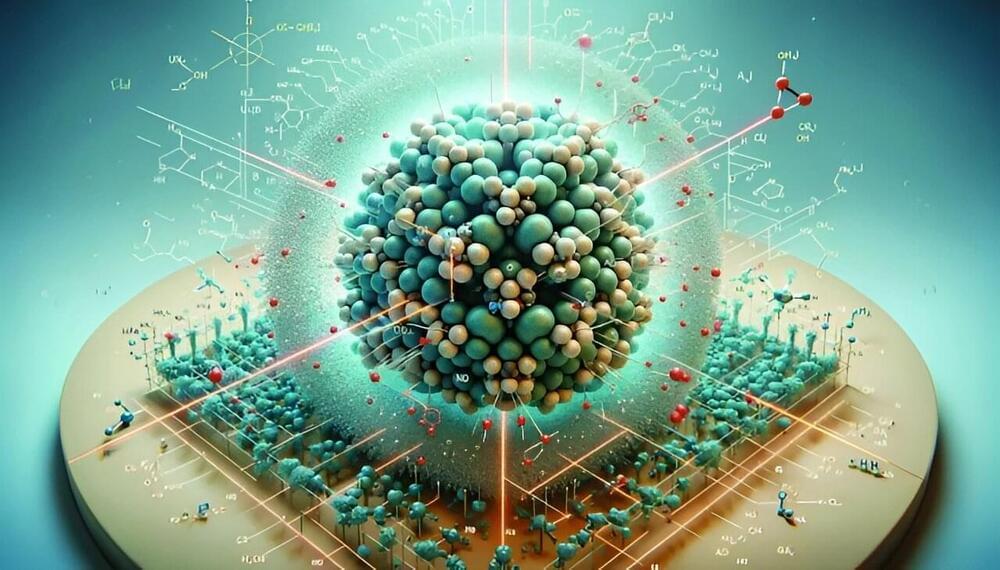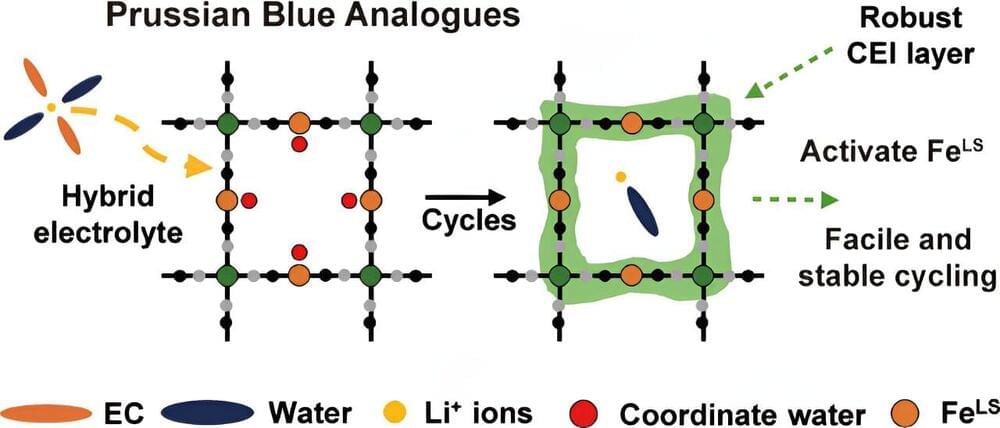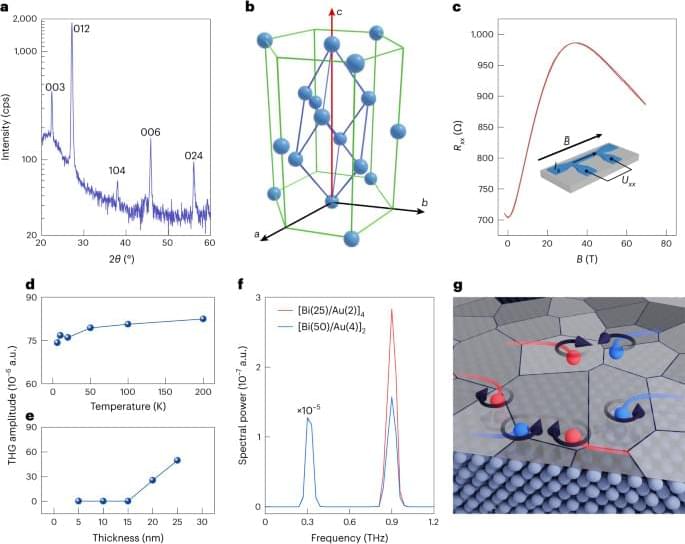Joe Engle, who had the distinction of being the only astronaut to pilot an X-15 aircraft and a space shuttle, died in Houston on Wednesday, July 10. He was 91 years old.
NASA announced the death of Engle, a retired U.S. Air Force major general. The space agency said in its news release that Engle was the last surviving X-15 pilot.
The Kansas native graduated in 1955 from the University of Kansas, Lawrence, with an aeronautical engineering degree. According to his NASA biography, he “received his commission through the Air Force ROTC program at the University of Kansas and entered USAF flying school in March 1956.”
